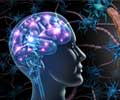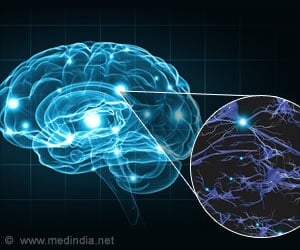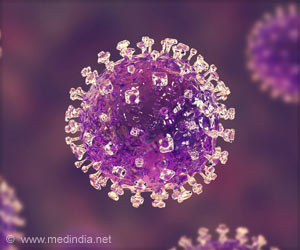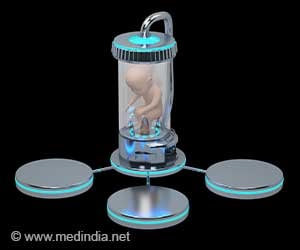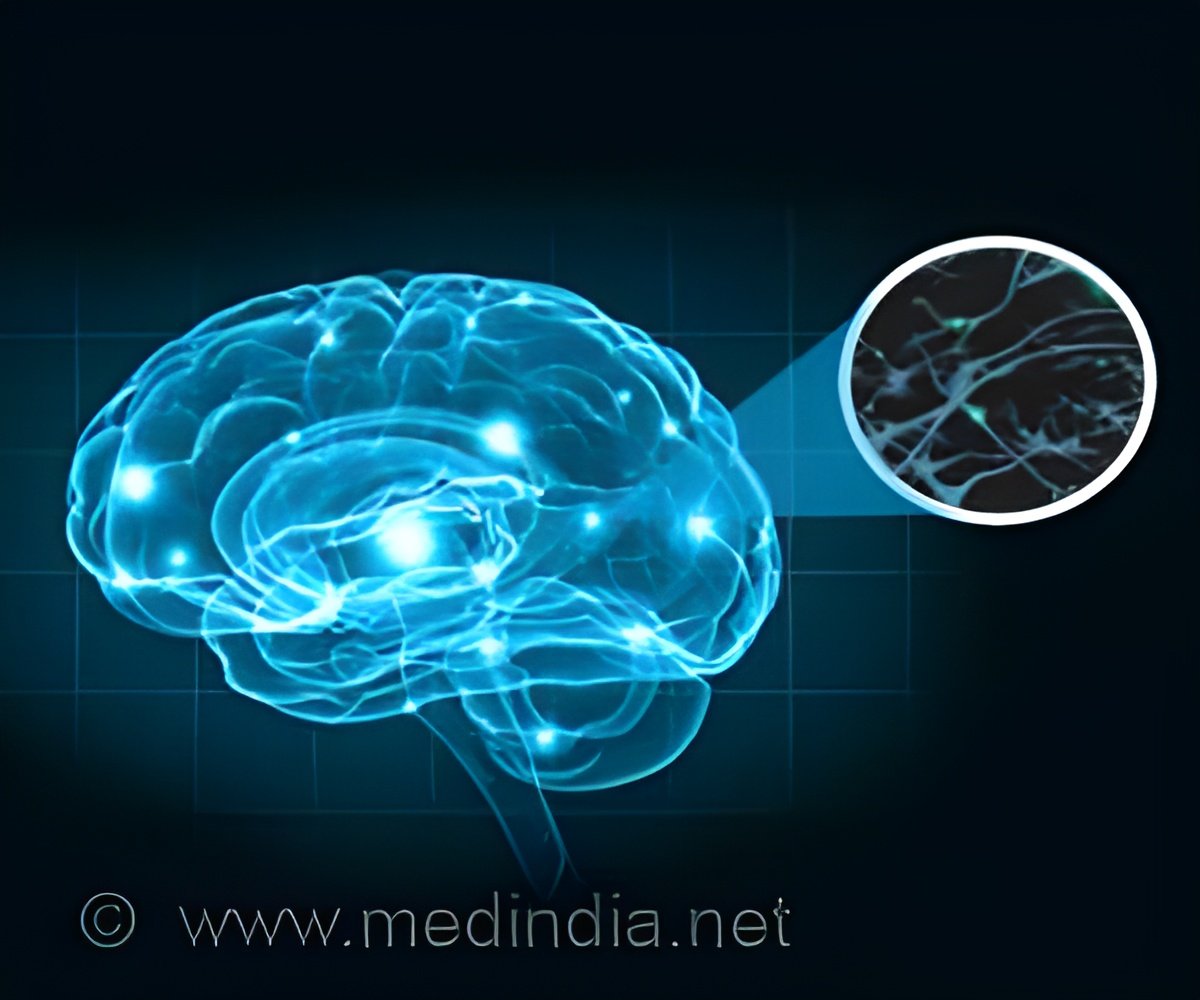
‘Neurons stop functioning can stop functioning properly if glutamine produced in the astrocytes are not transported properly to the neurons, which essentially need it to make neurotransmitters and this, in turn, can lead to Huntington's disease’
Tweet it Now
There is currently no cure for the hereditary brain disorder Huntington's disease, which causes personality alterations and loss of motor control. But now researchers have come one step closer to uncovering what actually happens in the brain of Huntington's patients. In a new study, researchers from the Novo Nordisk Foundation Center for Protein Research and the Department of Drug Design and Pharmacology at the University of Copenhagen have discovered a hitherto unknown error in the transport of glutamine in the brain of mice suffering from Huntington's disease.
The study, which has been published in the scientific journal Cell Reports, describes how an important exchange between astrocytes and neurons in the brain is disturbed during Huntington's disease - more precisely, the glutamate-GABA-glutamine cycle. According to the researchers, this highlights the important role of astrocytes in the brain.
'Researchers used to believe that hereditary diseases - including Huntington's disease - were primarily a result of problems in the neurons. But here we show and confirm that the astrocytes also play a main role. Glutamine is produced in the astrocytes and transported to the neurons, where it is used to make neurotransmitters. They are central to the ability to send signals across the brain. If the transport of glutamine from the astrocytes is lost, the neurons stop functioning optimally', says Postdoc and First Author of the Study Niels Henning Skotte.
Huntington's Above All Affects the Striatum
Advertisement
The most significant find in the study, according to the researchers, is the reduced exchange of glutamine between astrocytes and neurons. And it is a research area with potential when it comes to future research into whether a normal release of glutamine from the astrocytes can potentially alleviate the symptoms of Huntington's disease.
Advertisement
More research is required to clarify the role played by dysregulated glutamine transport in the development of Huntington's disease. However, data suggests that the cycle is disturbed early in the course of the disease. If this proves correct, it may perhaps play an even greater role in the development of the disease, just as it may potentially increase the chances of alleviating the symptoms, the authors of the study said.
Source-Eurekalert

